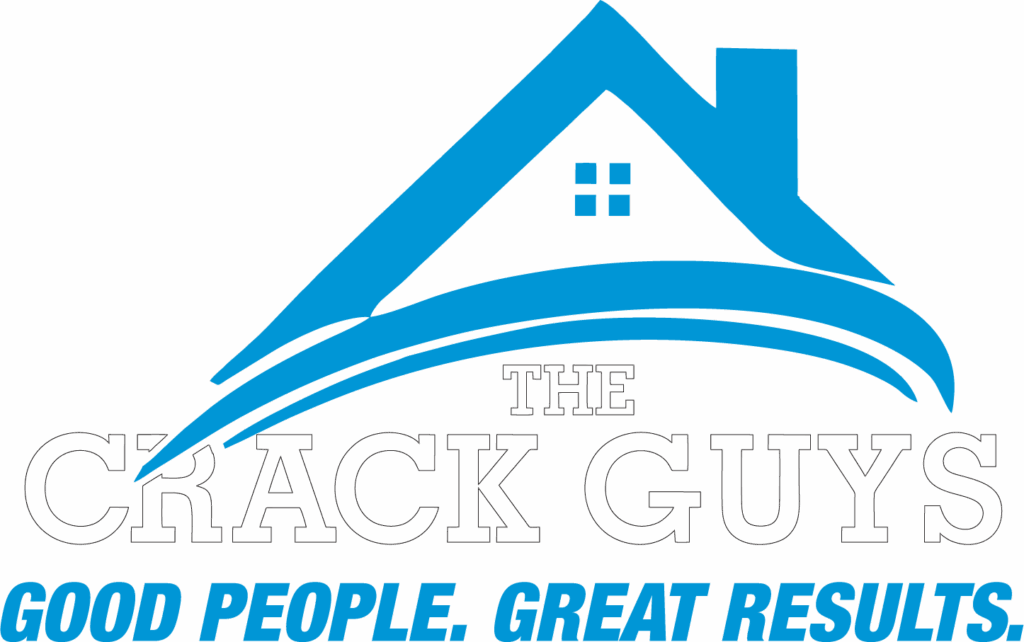Why A Sloped Or Slanted Floor Is A Big Deal
Noticing a sloped floor in your home can feel alarming — and for good reason. Sloping floors in house structures often point to bigger issues, like foundation damage or weakened support beams. If you see signs of a slanted floor, don’t ignore it. The earlier you spot the issue, the sooner you can protect your home’s stability and your family’s safety.
Below, our team at The Crack Guys has shared some of the top warning signs to watch for if you suspect sloping floors under your feet.
1. Uneven Or Visibly Slanted Floors
Sometimes, spotting a slanted floor is as obvious as it sounds. You might see dips or slants in the floor when you stand back and look across a room. Another clue: dropped items that roll in one consistent direction instead of staying put.
If you have a chimney, check that too — a sloped foundation can tilt heavy structures like chimneys, leaving them slightly off-center.
Pro Tip: Walk slowly from room to room, looking for spots where the floor seems higher or lower than the surrounding areas.
2. Doors And Windows That Get Stuck
Do your doors or windows suddenly refuse to open or close smoothly? Stubborn doors and windows are a classic symptom of sloping floors in house foundations. As your floors tilt or sag, the walls and framing shift too — throwing doors and windows out of alignment.
3. Gaps In Baseboards Or Flooring
Large or growing gaps are another sign of sloping floors in house interiors. As floors shift, they pull away from baseboards or other flooring sections. Look for spaces between floorboards or where your flooring meets the wall.
Combine this with other signs — like sticking doors — and you likely have a sloped floor issue that needs a closer look.
4. Cracks In Your Foundation
A damaged foundation is often the root cause of sloped or sagging floors. Cracks along your home’s foundation walls can signal shifting soil, settling or structural stress. If you see foundation cracks, address them quickly — they tend to get worse over time.
Walk around the outside of your house and your crawl space (if accessible) to check for cracks or gaps. Catching these early can help prevent a bigger slanted floor problem inside.
5. Damaged Or Broken Floor Joists
Sometimes the problem isn’t the foundation itself but the floor joists that support it. Broken, rotting or sagging joists weaken your floor’s structure and lead to visible slopes.
Because joists sit beneath your floor, you’ll likely need a professional to inspect them. If you see sloping, an expert can check your crawl space or basement to confirm whether damaged joists are the cause.
Don’t Ignore Sloped Floors — Call The Crack Guys Today
Leaving a sloped floor alone won’t make it better — it often gets worse. Slanted floors create gaps where moisture can sneak in, leading to wood rot, mold or further damage. They can also cause bigger structural shifts that cost much more to fix down the line.
If you notice any signs of sloping floors in your house, reach out to The Crack Guys. We serve our community with trusted foundation and floor repair services. Our experts will inspect your home, pinpoint the root cause of your slanted floor and recommend the right solution to keep your home safe and level.



